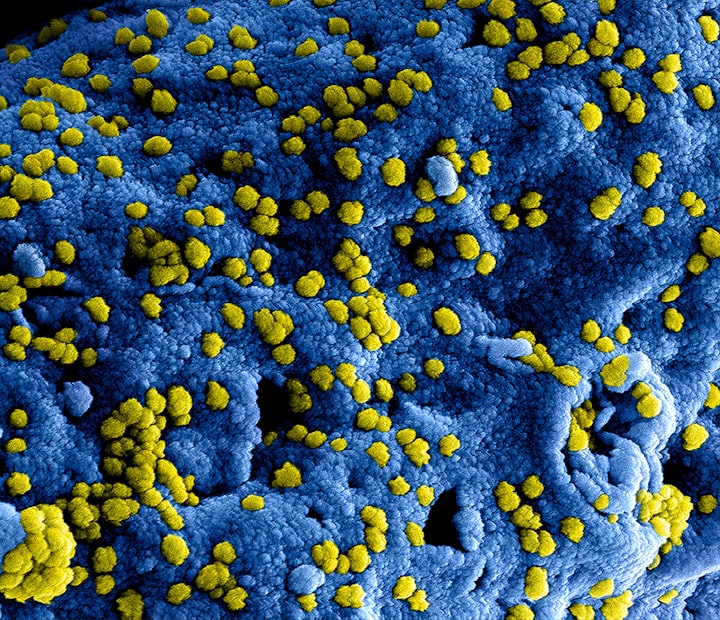Title: Understanding Pathogens:
In the intricate world of disease causation, pathogens play a central role as the microscopic agents responsible for causing various illnesses in humans. These tiny organisms, including bacteria, viruses, fungi, and parasites, have been a constant source of fascination and concern throughout human history. This essay aims to delve into the realm of pathogens, shedding light on their characteristics, modes of transmission, and their ability to wreak havoc on the human body, ultimately leading to diseases.
Section 1: Bacteria - Silent Saboteurs
Bacteria are single-celled microorganisms that exist abundantly in diverse environments, from soil to the human body. Some bacteria are beneficial and play crucial roles in human health, aiding digestion and nutrient absorption. However, pathogenic bacteria can trigger diseases ranging from mild infections to severe and life-threatening conditions.
In this section, we will explore several notorious bacteria known for causing diseases such as Streptococcus pyogenes (Strep throat), Escherichia coli (E. coli), and Clostridium botulinum (Botulism). We will delve into the mechanisms by which these bacteria infect the body and highlight the importance of proper hygiene and antibiotics in combating bacterial diseases.
Section 2: Viruses - Intricate Invaders
Viruses are unique entities, consisting of genetic material encased in a protein coat. They lack cellular structure and rely on host cells to reproduce and multiply. Despite their simplicity, viruses have the ability to infiltrate human cells and disrupt essential cellular functions, leading to a plethora of viral diseases.
In this section, we will explore well-known viruses such as Influenza, Human Immunodeficiency Virus (HIV), and Herpes Simplex Virus (HSV). We will delve into the viral life cycle, how they evade the immune system, and the challenges posed by viral diseases in terms of prevention and treatment.
Section 3: Fungi - Stealthy Intruders
Fungi are a diverse group of microorganisms that include yeast, molds, and mushrooms. While many fungi are harmless, some can cause infections in humans, particularly in those with compromised immune systems.
In this section, we will discuss common fungal diseases such as Candidiasis (yeast infection), Athlete's foot, and Ringworm. We will explore the risk factors for fungal infections and the importance of maintaining good personal hygiene to prevent their spread.
Section 4: Parasites - Silent Predators
Parasites are organisms that live and feed off other organisms, known as hosts. Human parasites can range from microscopic protozoa to larger worms. Parasitic infections, also known as parasitosis, can cause a wide range of symptoms and complications.
In this section, we will examine common parasitic diseases like Malaria, Giardiasis, and Tapeworm infections. We will discuss the modes of transmission, geographical distribution, and the impact of parasitic infections on global health.
Section 5: Transmission and Prevention
Pathogens spread through various routes, including direct contact, contaminated food and water, respiratory droplets, and insect vectors. Understanding the modes of transmission is crucial for implementing effective prevention strategies.
In this section, we will explore the importance of vaccination, hand hygiene, safe food practices, and vector control in preventing the spread of infectious diseases. We will also discuss the role of public health initiatives and their significance in mitigating disease outbreaks.
Conclusion:
The world of pathogens is a complex and dynamic one, with diverse microorganisms capable of causing a wide array of diseases. From bacteria to viruses, fungi, and parasites, these microscopic agents possess unique characteristics and mechanisms that enable them to invade the human body and wreak havoc on our health.
Understanding the various pathogens and their modes of transmission is paramount to devising effective prevention and treatment strategies. With continued research and advancements in medicine, we can hope to combat infectious diseases and safeguard public health, paving the way for a healthier and disease-resistant future.
Like
Share






Comments
There are no comments for this story
Be the first to respond and start the conversation.